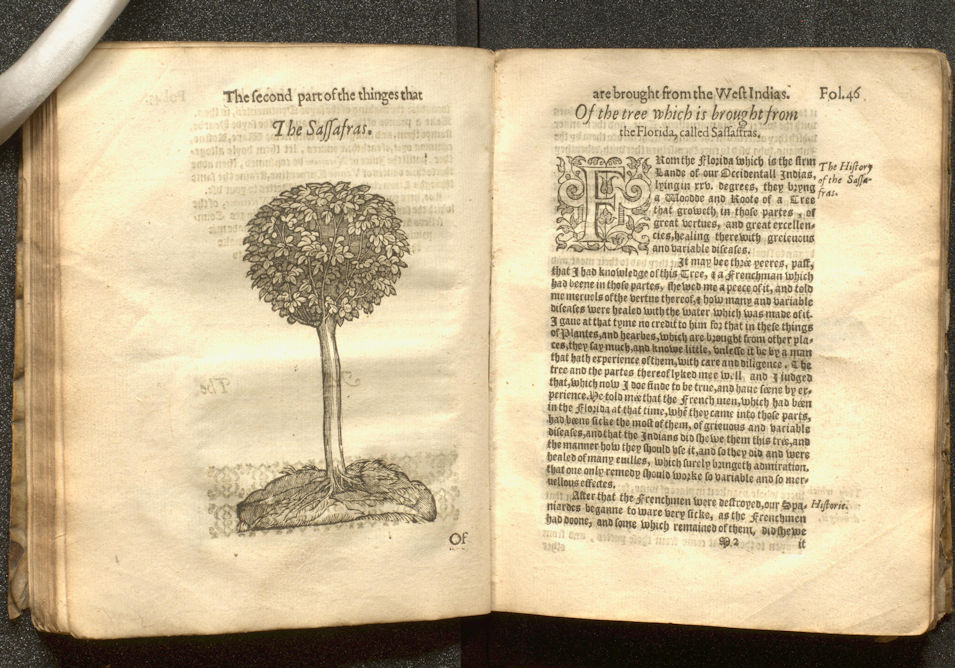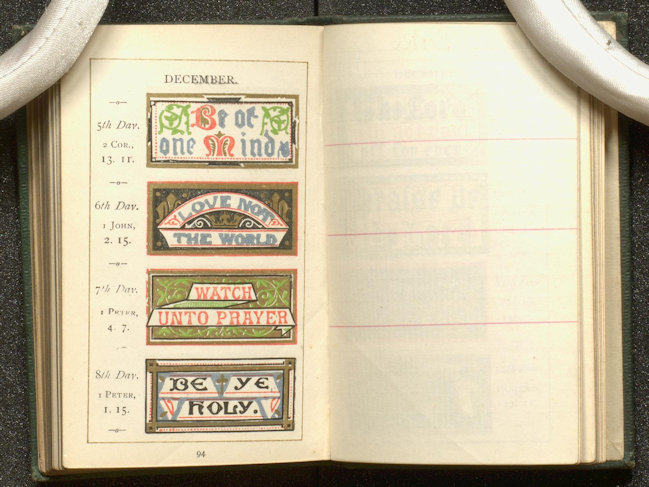The smallest element in bibliographical descriptions of books: the piece of paper comprising two pages. The front side is called the recto and the back is the verso.
A leaf numbered on the recto may be referred to as a folio – foliation (numbering each leaf) is often seen on manuscript texts and became a common printing practice in the late 15th and 16th centuries. Books from 1600 onwards have more usually been printed with pagination (a separate number for each page, or side of the leaf).

The physical description statement in catalogues gives the make-up of the book in sequences of leaves (if the printed text is foliated) or pages (if the text is paginated). Descriptions by number of pages always give an even total to account for both the recto and verso of the leaf, even if the verso if the final leaf is blank.
| Description | ix, [1], 533, [1] pages, [1] leaf of plates: illustrations; 20 cm |
Illustrations such as woodcuts may be included as part of printing the text, and not separately numbered, but illustrations such as engraved plates printed by a separate process are numbered as leaves, since the illustration is on one side of the leaf only.
Leaf may also be used in terms describing parts of a book: endleaves (or endpapers) are the additional leaves before and after the printed text; flyleaf is sometimes used to refer to a leaf at the beginning of a volume. They are normally mentioned in catalogue descriptions as the location of bookplates, owner’s inscriptions, etc., or for their decorative qualities.
An interleaved copy of a book has additional blank leaves bound in for the owner’s notes, either as an integral part of the publication, or for an individual owner after publication:

